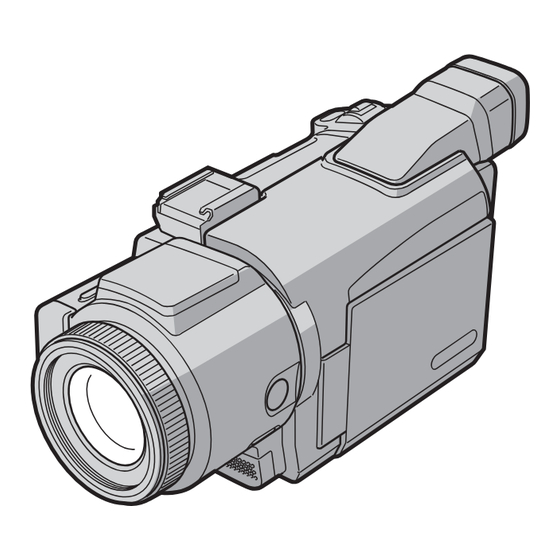Table of Contents
Advertisement
Quick Links
Digital
Video Camera
Recorder
Operating Instructions
Before operating the unit, please read this manual thoroughly,
and retain it for future reference.
Owner's Record
The model and serial numbers are located on the bottom. Record the
serial number in the space provided below. Refer to these numbers
whenever you call upon your Sony dealer regarding this product.
Model No. DCR-TRV
Serial No.
DCR-TRV70
DCR-TRV60/TRV70
©2003 Sony Corporation
Model No. AC-
Serial No.
TM
SERIES
3-081-414-11(1)
Advertisement
Table of Contents













Need help?
Do you have a question about the Handycam DCR-TRV60 and is the answer not in the manual?
Questions and answers